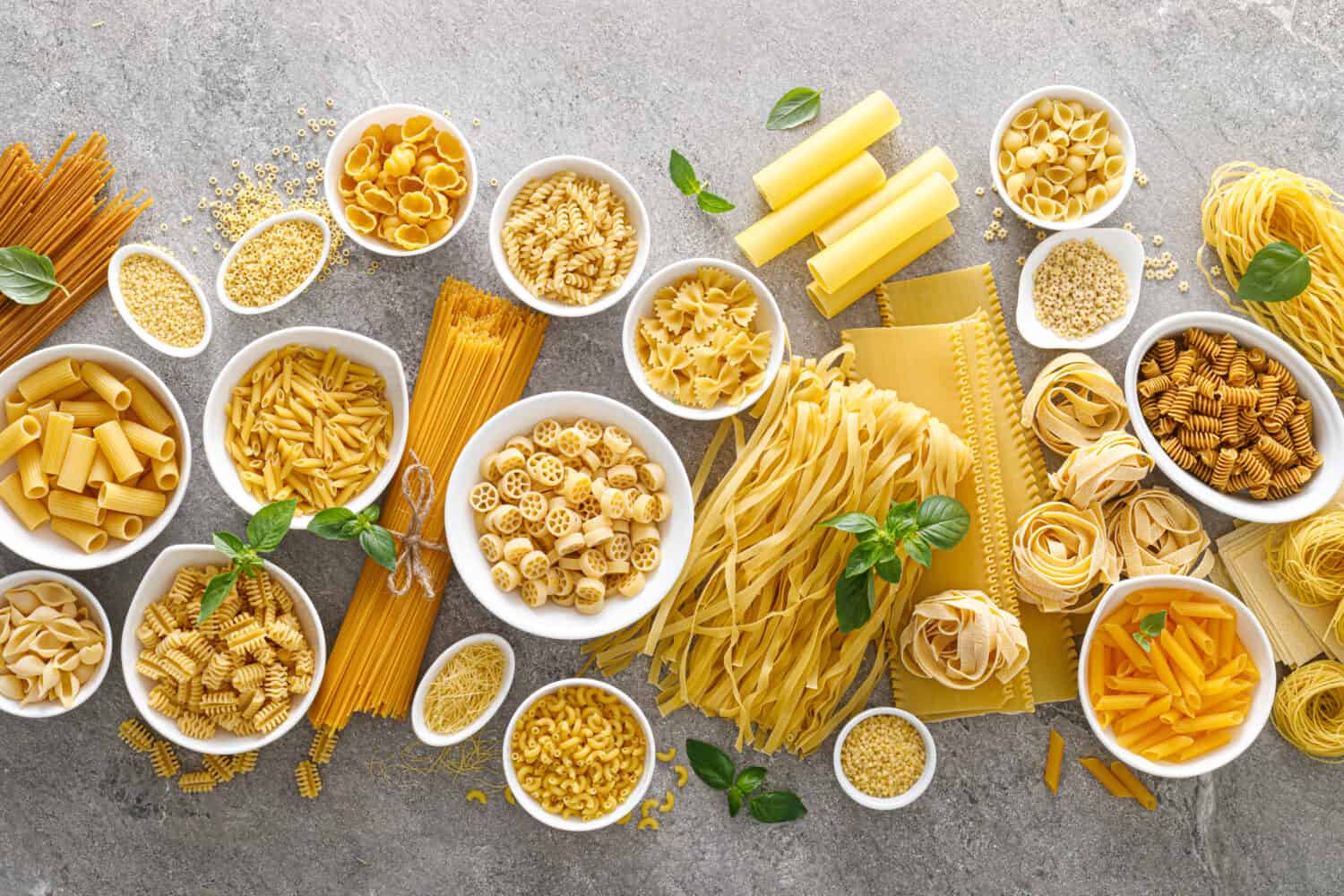The wide world of pasta got bigger (and more delicious) when gluten-free options hit grocery store shelves. Health-conscious cooks with gluten sensitivities have choices regarding how they want to indulge in a bowl of noodles.
Gluten-Free Pasta vs. Regular Pasta: What Are the Differences?
This won't surprise you: the differentiator between traditional and gluten-free pasta is, well, the gluten. Gluten-free pasta contains alternative pulses, grains, legumes, or other base ingredients that do not include gluten.
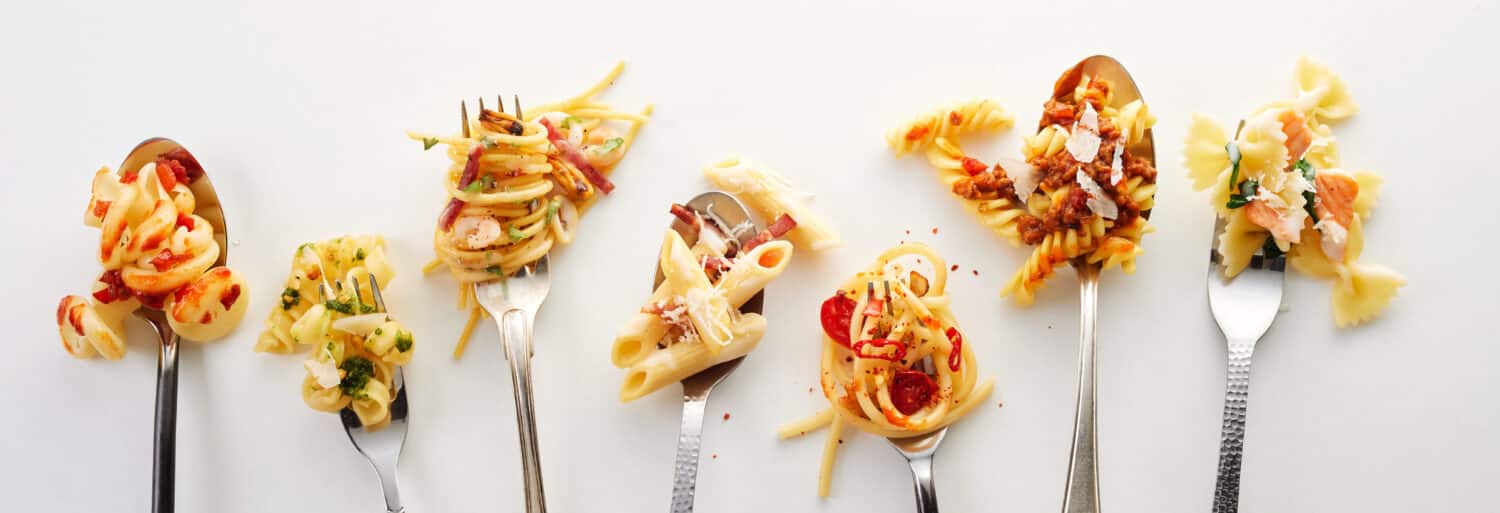
©Wirestock Creators/Shutterstock.com
The base ingredients used in traditional pasta recipes come from varieties of wheat grains that all contain gluten proteins. Those proteins are the elements that cause inflammation and digestive discomfort in people with gluten allergies and sensitivities. When you're reading the ingredient lists of your pasta products, you want to look specifically for mentions of the following gluten-containing ingredients: wheat, wheat berries, spelt, durum, emmer, semolina, farina, farro, graham, Khorasan wheat, einkorn, or triticale (which is a blend of wheat and rye). According to Harvard University's School of Public Health, there may be cross-contamination within the manufacturing plants of gluten-free pasta. Even ingredients like oats- gluten-free by nature- can become contaminated if processed in proximity to a gluten-containing grain.
Gluten-Free vs. Regular Pasta: Nutritional Value
Other nutrition-related conversations often catch gluten in the crossfire. Pasta containing gluten is not inherently unhealthy unless you have a gluten allergy or sensitivity. However, industrial pasta production uses refined wheat flour, which comes with a host of nutrition considerations.
The importance of eating whole grains has been studied extensively over the last decade. It's pretty common to find more fiber and other vitamins and minerals in gluten-free pasta. This is because manufacturers use different legumes, pulses, and other ingredients as the main ingredient. These foods are often naturally more nutrient-dense than refined white flour.
It's also really easy to enrich both kinds of pasta during production. Companies can add vitamins, minerals, and other micronutrients to make the noodles healthier. When you're looking at the packages, remember that the ingredient list determines if a product is gluten-free or not.
Can you Substitute Gluten-Free for Regular Pasta?
Absolutely! That's the whole point. Now, the texture of cooked gluten-free pasta can vary. Your best bet is to give new pasta a try in a low-stakes environment. (So, not with two starving children hanging off your legs, howling for macaroni). Gluten is what gives regular pasta its ability to bend without breaking. Gluten-free noodles may have a different texture and mouthfeel. Functionally, though, you can swap a box of gluten-free pasta into any recipe that calls for noodles. Make sure you follow the directions on the box to ensure the best results. And don't be afraid to try several varieties to make sure you find one that suits your family's preferences. This is especially true for families where food texture is important to the diners.
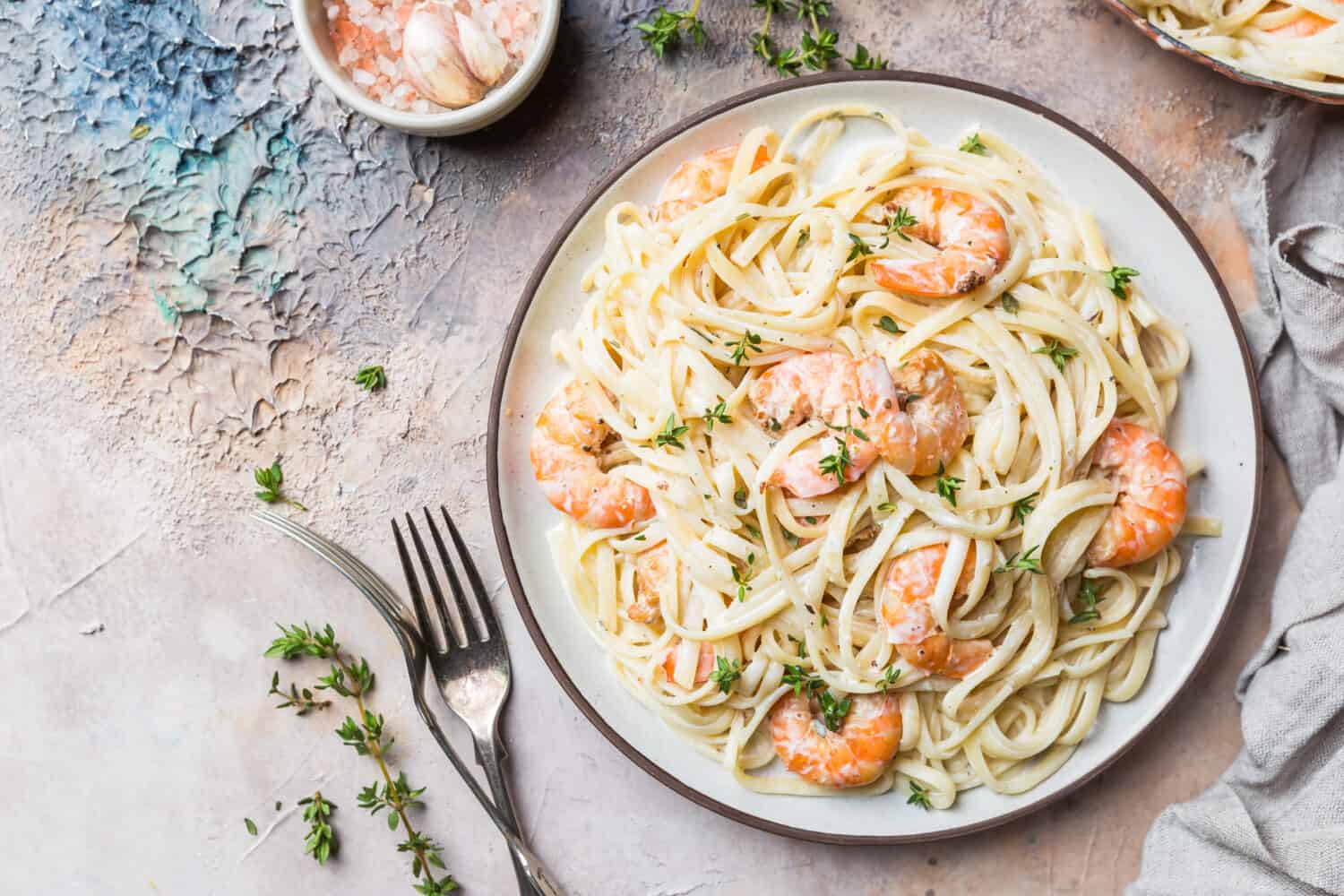
©Goskova Tatiana/Shutterstock.com
What are the Best Substitutes for Regular Pasta if You Have a Gluten Allergy?
Gluten-free pasta is the clear first choice winner when it comes to swapping in an alternative for traditional pasta. You can also use other whole grains that do not contain gluten like quinoa, lentils, beans, or rice. Many of the sauces and toppings used for regular pasta work really nicely with any of these alternatives. Whatever your preference, you can guarantee a delicious and hearty meal.
A Quick Comparison: Gluten-Free Pasta vs. Regular Pasta
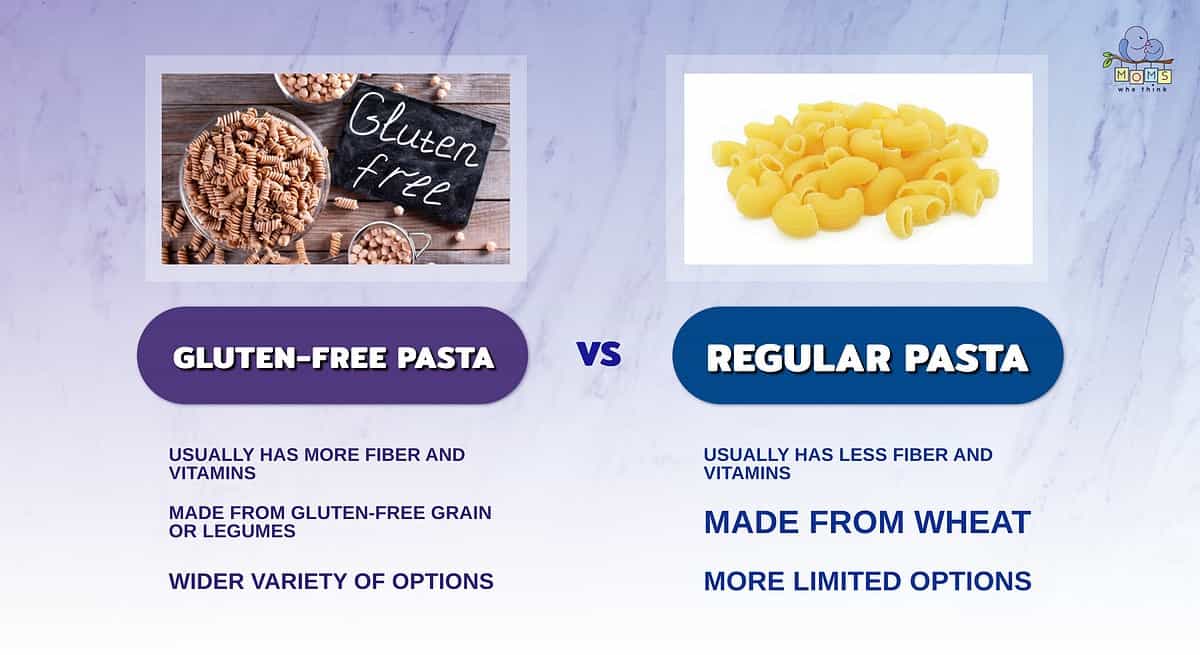
- Gluten-free pasta is made from grain, legumes, or other ingredients that don't contain gluten. Regular pasta is made from refined wheat flour, which contains gluten.
- Gluten-free pasta usually has more fiber and other nutrients, due to the difference in ingredients.
- Ingredient variety also means there are a lot of options to choose from when it comes to gluten-free pasta, as opposed to regular pasta.
Best Pasta Recipes to Try
Print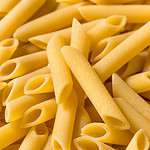
Cheeseburger Pasta
- Yield: 4 servings 1x
Ingredients
2 cups uncooked whole wheat penne pasta
1 pound lean ground beef (90% lean)
2 Tablespoons finely chopped onion
1 can (14½ ounces) no-salt-added diced tomatoes
2 Tablespoons dill pickle relish
2 Tablespoons prepared mustard
2 Tablespoons ketchup
½ teaspoon paprika
¼ teaspoon crushed black pepper
1 teaspoon salt
¾ teaspoon garlic powder
¼ teaspoon crushed red pepper flakes
1 cup shredded reduced-fat cheddar cheese
Instructions
1. Cook pasta according to package directions.
2. While pasta is cooking, cook beef and onion over medium heat in a large frying pan, until meat is no longer pink. Drain
3. Drain pasta; add to meat mixture, combining thoroughly.
4. Stir in the tomatoes, relish, mustard, ketchup, and seasonings. Bring to a boil.
5. Reduce heat and simmer, uncovered, for 5 minutes.
6. Sprinkle with cheese. Remove from the heat; cover and let stand until cheese is melted.
Nutrition
- Serving Size: 1½ cups
- Calories: 405
- Sodium: 759mg
- Fat: 14g
- Saturated Fat: 6g
- Carbohydrates: 46g
- Fiber: 4g
- Protein: 28g
- Cholesterol: 57mg
- Spaghetti Sauce vs. Bolognese Sauce
- Creamy Pasta Primavera
- Broccoli and Roasted Garlic Pasta
- Pasta vs. Rice Noodles
- Creamy Pink Penne Pasta
The image featured at the top of this post is ©Sea Wave/Shutterstock.com.
